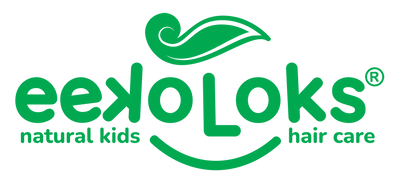Dealing With Head Lice in School: A Guide for Australian Parents

No one likes to talk about head lice, but unfortunately, they're a fact of life for many school-aged kids. They're often spread through close contact with someone who has them, such as sharing hats, brushes, or other personal items—which is precisely why schools are the most common source of infestation!
What are head lice? And how can they affect my little ones?
Head lice are tiny parasitic insects that live on the scalp and feed on human blood. Although they’re quite a nuisance, they do not cause disease.
Lice infestation can occur anywhere on the body but is commonly found in areas where hair follicles are close together such as behind the ears or at the nape. They tend to cause intense itching which may lead to secondary infections if scratched excessively.
Signs And Symptoms of Head Lice in Kids
If you received news of a lice infestation at your kids’ school in Australia, watch out for these symptoms of infestation:
The most common symptom of head lice is itching. This is caused by an allergic reaction to the bugs themselves, not by anything they may have injected into your skin while feeding.
Other symptoms include:
Nits that are glued to individual hairs close to the base of the scalp.
How Do Head Lice Spread?
How To Prevent Head Lice in Kids
There are a few things you can do to help prevent the spread of head lice:
- Encourage your child not to share personal items like hats, scarves, hairbrushes, and combs. If shared items must be used, disinfect them with rubbing alcohol after each use.
- Teach your child not to put his or her head against other people's heads during activities like playing tag.
- Keep long hair pulled back in ponytails or braids.
- Avoid sharing clothing like coats, hats, and scarves with people who have head lice.
- Use natural lice shampoos and conditioners that decrease the risk of infestation.
What To Do If You or Your Child Has Head Lice
- Use a fine-toothed nit comb to remove nits (eggs) and live bugs from hair.
- Wash all recently worn clothes, bedding, and towels in hot water.
- Use natural, plant-based shampoos and conditioners that are specially formulated to repel lice and speed up the process of removal.
- Vacuum floors, furniture, car seats, and any other surfaces where someone with head lice might have rested their head.
Conclusion
If your kids’ school has a lice infestation, take the proper precautions to prevent a head lice infestation in your household.
Natural kids’ hair products that are specially formulated to prevent lice are one of the easiest ways to practice precaution and speed up the process of elimination.

